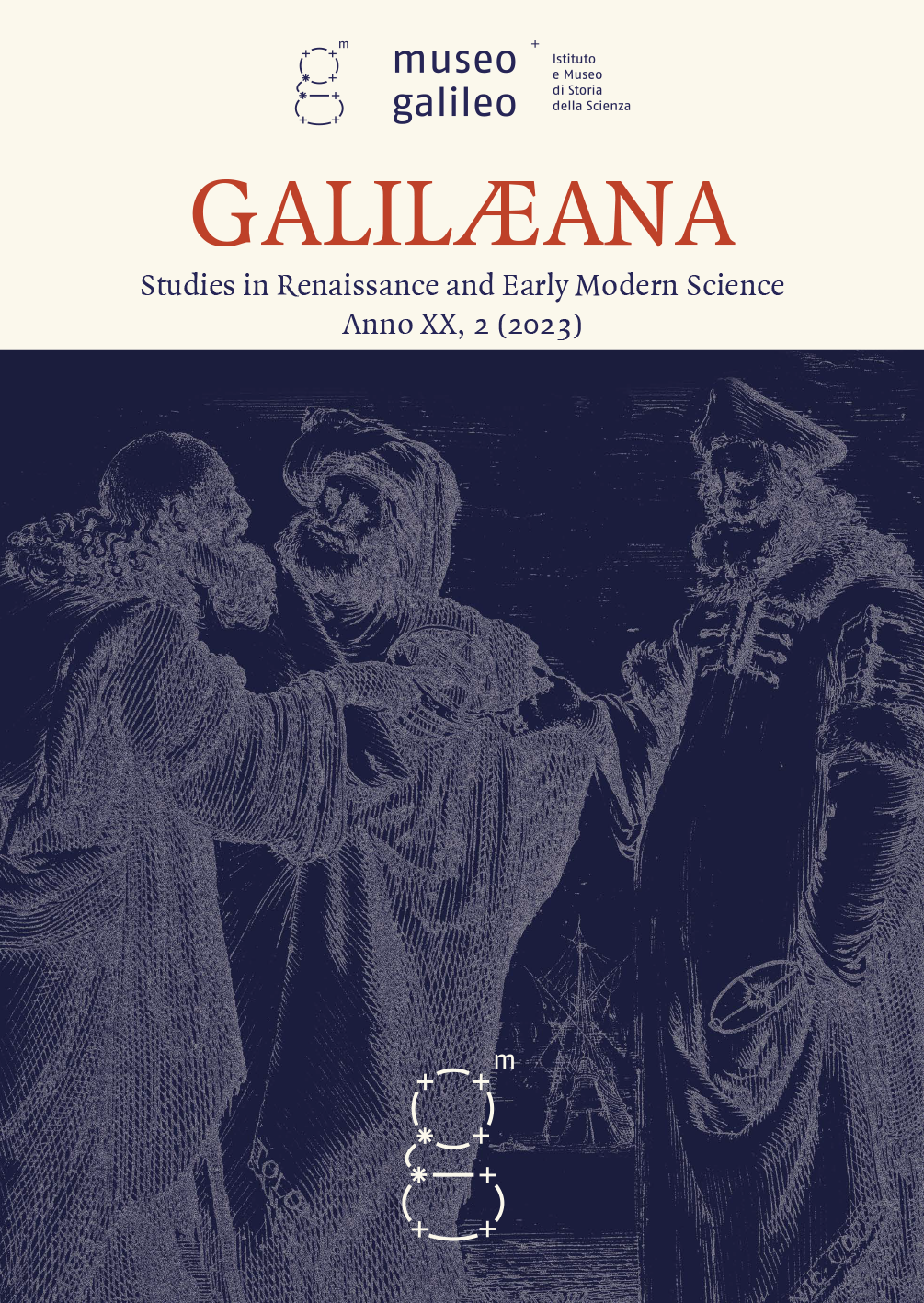As a disciple of Daniel Sennert and an influential professor of medicine at the University of Wittenberg, Johann Sperling embraced his master’s compromise between atomism and peripatetic natural philosophy. This paper discusses the reception of his textbook entitled Synopsis physica (1640), by exploring a student’s notebook (1644-1645) composed at the Lutheran school of Eperjes (Prešov) in the Kingdom of Hungary. Studying this adaptation of Sperling’s textbook can help us understand the emerging need to train ministers and theologians locally, as Western universities became less accessible to Eastern protestants due to the Thirty Years War. In addition to being the first text professing chemical atomism in the Kingdom of Hungary, the manuscript employs natural philosophy and physics as guidelines to discuss scriptural and natural theology as well as religious anthropology. I will argue that both its atomism and its theological inquiry do justice to the capacity of intellectual peripheries to pragmatically handle the knowledge produced in intellectual centres.
AUTHOR: Gábor Förköli
Published in: Galilæana XX, 2 (2023): 113-140

